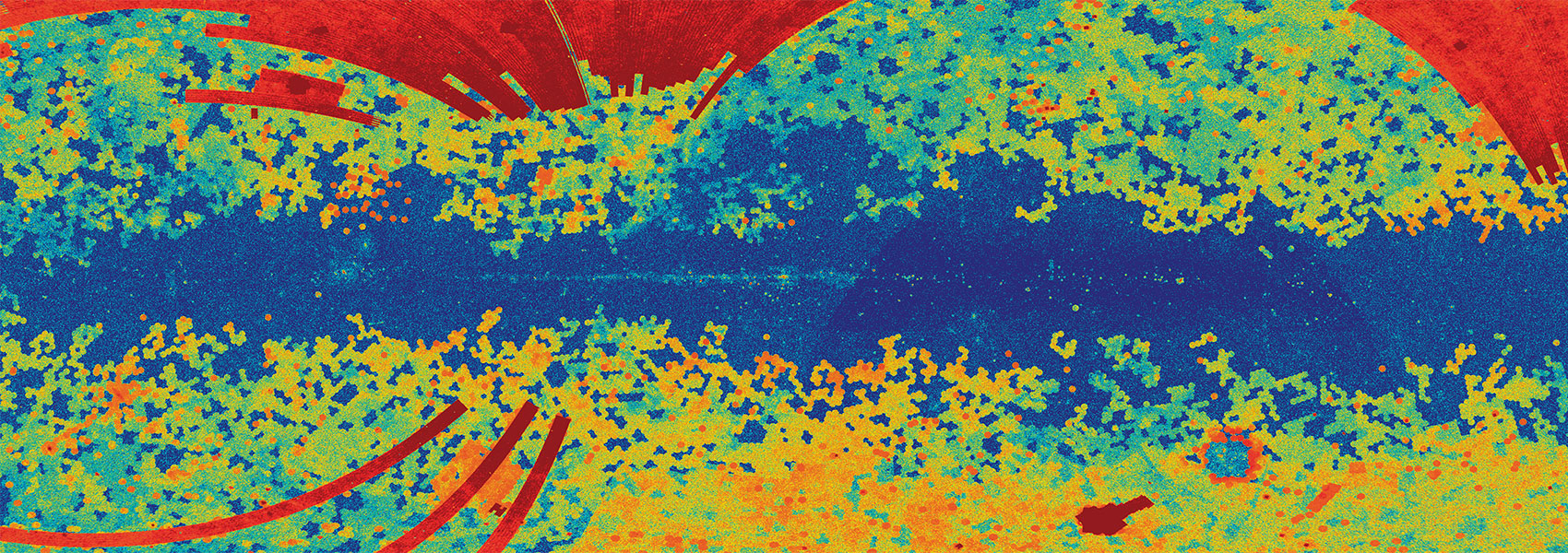April
2023
•
2023AJ....165..175O
Authors
•
Olmschenk, Greg
•
Bennett, David P.
•
Bond, Ian A.
•
Zang, Weicheng
•
Jung, Youn Kil
•
Yee, Jennifer C.
•
Bachelet, Etienne
•
Abe, Fumio
•
Barry, Richard K.
•
Bhattacharya, Aparna
•
Fujii, Hirosane
•
Fukui, Akihiko
•
Hirao, Yuki
•
Silva, Stela Ishitani
•
Itow, Yoshitaka
•
Kirikawa, Rintaro
•
Kondo, Iona
•
Koshimoto, Naoki
•
Matsubara, Yutaka
•
Matsumoto, Sho
•
Miyazaki, Shota
•
Munford, Brandon
•
Muraki, Yasushi
•
Okamura, Arisa
•
Ranc, Clément
•
Rattenbury, Nicholas J.
•
Satoh, Yuki
•
Sumi, Takahiro
•
Suzuki, Daisuke
•
Toda, Taiga
•
Tristram, Paul J.
•
Vandorou, Aikaterini
•
Yama, Hibiki
•
Moa Collaboration
•
Albrow, Michael D.
•
Cha, Sang-Mok
•
Chung, Sun-Ju
•
Gould, Andrew
•
Han, Cheongho
•
Hwang, Kyu-Ha
•
Kim, Dong-Jin
•
Kim, Hyoun-Woo
•
Kim, Seung-Lee
•
Lee, Chung-Uk
•
Lee, Dong-Joo
•
Lee, Yongseok
•
Park, Byeong-Gon
•
Pogge, Richard W.
•
Ryu, Yoon-Hyun
•
Shin, In-Gu
•
Shvartzvald, Yossi
•
Kmtnet Collaboration
•
Christie, Grant
•
Cooper, Tony
•
Drummond, John
•
Green, Jonathan
•
Hennerley, Steve
•
McCormick, Jennie
•
Monard, L. A. G.
•
Natusch, Tim
•
Porritt, Ian
•
Tan, Thiam-Guan
•
Microfun Collaboration
•
Mao, Shude
•
Maoz, Dan
•
Penny, Matthew T.
•
Zhu, Wei
•
Bozza, V.
•
Cassan, Arnaud
•
Dominik, Martin
•
Hundertmark, Markus
•
Jaimes, R. Figuera
•
Kruszyńska, K.
•
Rybicki, K. A.
•
Street, R. A.
•
Tsapras, Y.
•
Wambsganss, Joachim
•
Wyrzykowski, Ł.
•
Zieliński, P.
•
Omega Collaboration
•
Rau, Gioia
Abstract
•
We analyze the MOA-2020-BLG-208 gravitational microlensing event and present the discovery and characterization of a new planet, MOA-2020-BLG-208Lb, with an estimated sub-Saturn mass. With a mass ratio $q={3.17}_{-0.26}^{+0.28}\times {10}^{-4}$ , the planet lies near the peak of the mass-ratio function derived by the MOA collaboration and near the edge of expected sample sensitivity. For these estimates we provide results using two mass-law priors: one assuming that all stars have an equal planet-hosting probability, and the other assuming that planets are more likely to orbit around more massive stars. In the first scenario, we estimate that the lens system is likely to be a planet of mass ${m}_{\mathrm{planet}}={46}_{-24}^{+42}\,{M}_{\oplus }$ and a host star of mass ${M}_{\mathrm{host}}={0.43}_{-0.23}^{+0.39}\,{M}_{\odot }$ , located at a distance ${D}_{L}={7.49}_{-1.13}^{+0.99}\,\mathrm{kpc}$ . For the second scenario, we estimate ${m}_{\mathrm{planet}}={69}_{-34}^{+37}\,{M}_{\oplus }$ , ${M}_{\mathrm{host}}={0.66}_{-0.32}^{+0.35}\,{M}_{\odot }$ , and ${D}_{L}={7.81}_{-0.93}^{+0.93}\,\mathrm{kpc}$ . The planet has a projected separation as a fraction of the Einstein ring radius $s={1.3807}_{-0.0018}^{+0.0018}$ . As a cool sub-Saturn-mass planet, this planet adds to a growing collection of evidence for revised planetary formation models.
Links




